Milk powder – the dehydrated form of liquid milk – plays a crucial role in the global dairy industry. From baby formulas and baking products to beverages and confectioneries, powdered milk is used in a wide range of food and nutritional applications. Its longer shelf life, easy transportation, and reconstitution convenience have made it a global commodity in both developed and developing countries.
But among the many nations contributing to this vital segment of the dairy industry, one question stands out:
Which country is the largest milk powder producer in the world?
The answer is: New Zealand.
Though countries like the United States, India, and China dominate the overall dairy production landscape, New Zealand stands as the world’s largest exporter and one of the top producers of milk powder, especially whole milk powder (WMP). This article will explore the dynamics of milk powder production globally, examine the role of New Zealand, and compare its position with other dairy-producing giants.
Understanding Milk Powder: Types and Importance
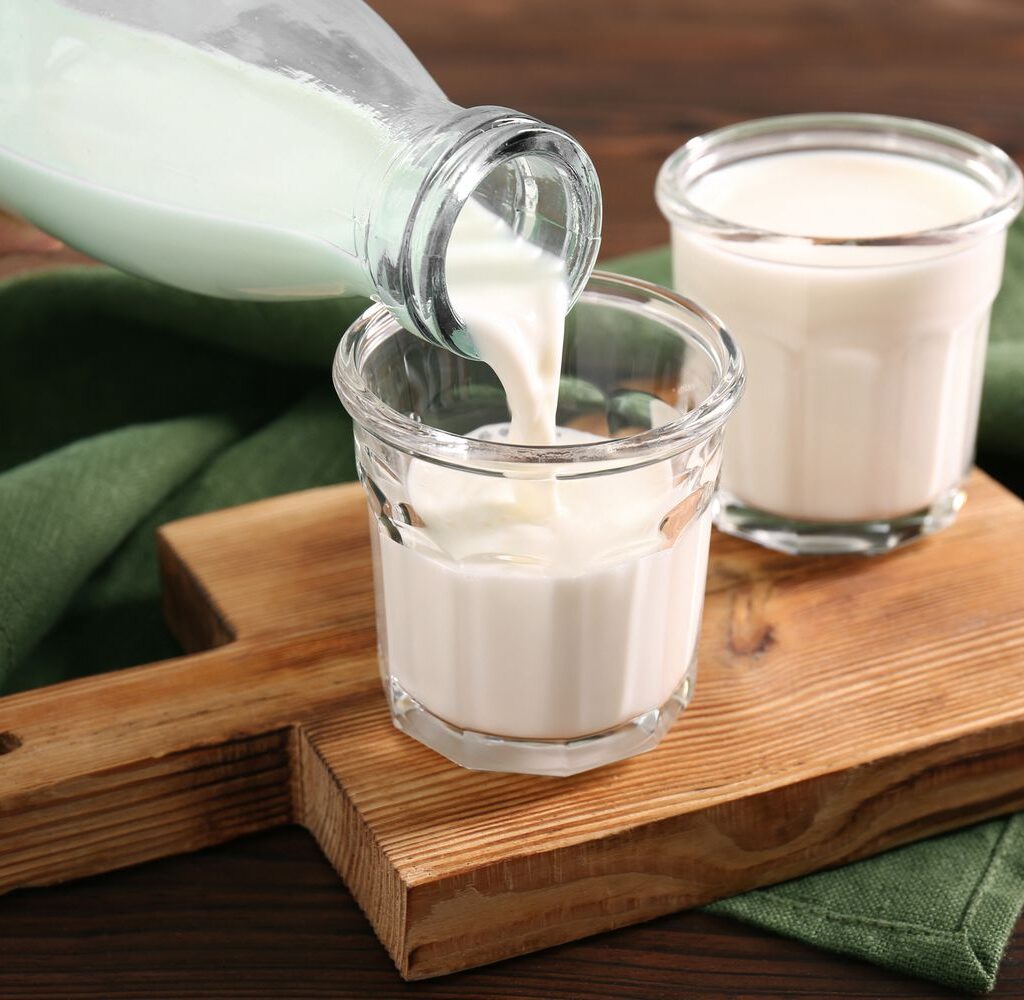
Milk powder is essentially milk from which water has been removed. There are three main types:
- Whole Milk Powder (WMP): Contains milk fat (~26-28%)
- Skimmed Milk Powder (SMP): Fat-free or very low-fat milk powder
- Buttermilk Powder and Whey Powder: By-products of butter and cheese production
Milk powder has widespread applications:
- Infant nutrition
- Bakery and confectionery
- Dairy beverages
- Emergency food aid
- Military rations and travel supplies
With the global shift towards processed and convenience foods, demand for milk powder continues to rise, especially in Asia, the Middle East, and Africa.
Global Milk Powder Market Overview
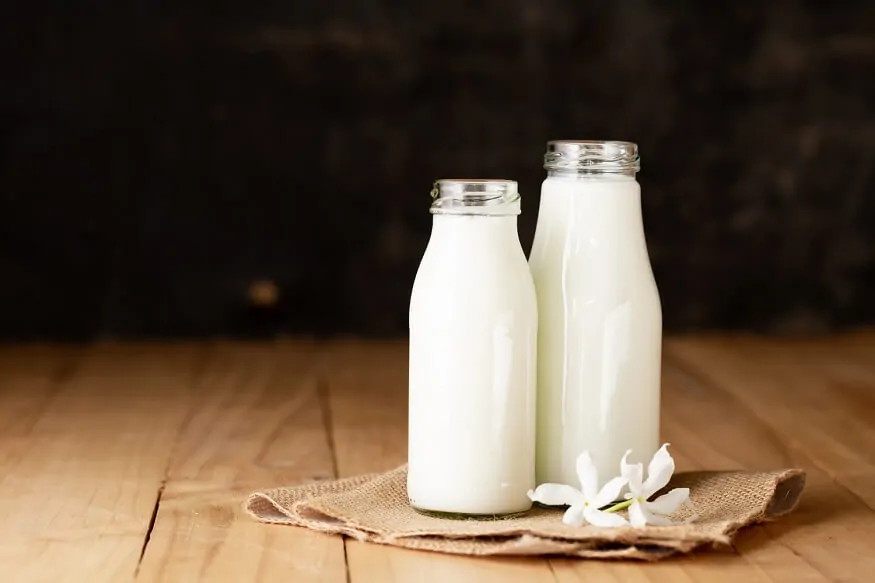
The global milk powder market was valued at approximately USD 60 billion in 2023 and is projected to surpass USD 80 billion by 2030, driven by population growth, rising dairy consumption in emerging economies, and increasing food industry usage.
Top milk powder-producing countries include:
- New Zealand
- United States
- European Union (France, Germany, Netherlands)
- India
- China
- Australia
New Zealand: The Milk Powder Powerhouse
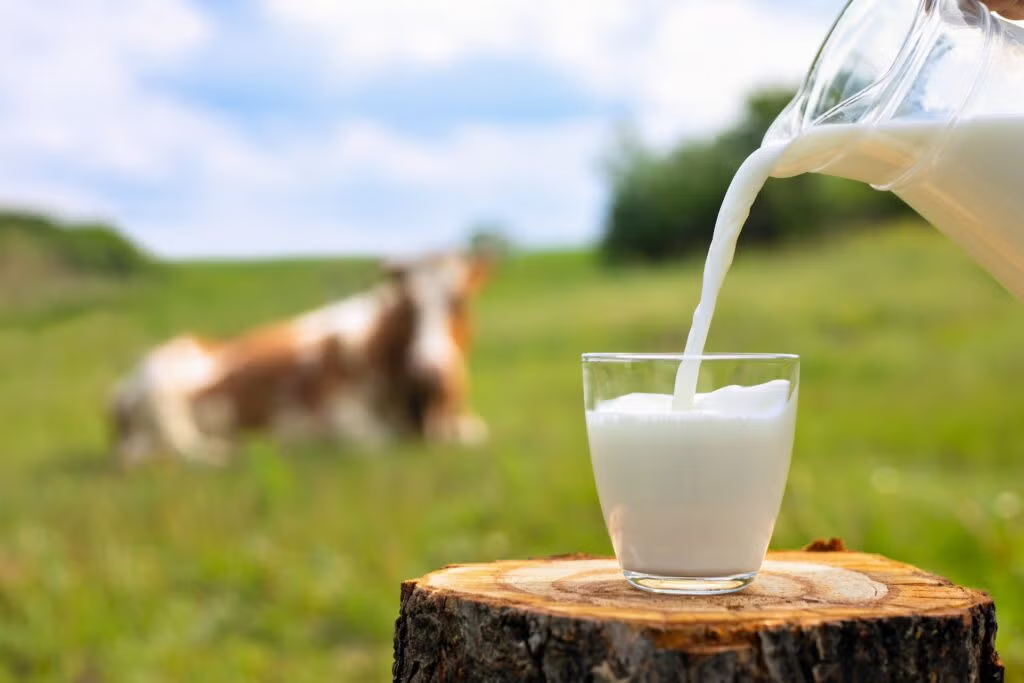
1. Dominance in Whole Milk Powder (WMP)
New Zealand is the largest producer and exporter of whole milk powder in the world, accounting for more than 40% of the global WMP trade.
According to Fonterra (New Zealand’s largest dairy cooperative), the country produced over 1.5 million metric tons of milk powder in 2023, the majority of which was exported. The country’s focus on milk powder, especially WMP, is a deliberate strategy based on global demand and logistics.
2. Fonterra: The Driving Force
- Fonterra Co-operative Group handles nearly 95% of New Zealand’s milk production
- It is the world’s largest dairy exporter
- Fonterra alone processes billions of liters of milk annually into powders, butter, and cheese
- Products are exported to over 130 countries, with key markets in China, Southeast Asia, Africa, and the Middle East
3. Reasons Behind New Zealand’s Leadership
- Pasture-Based Farming: New Zealand’s dairy cows are grass-fed year-round, reducing production costs.
- Advanced Technology: The country uses state-of-the-art spray drying facilities to ensure efficient, high-volume powder production.
- Export-Oriented Dairy Economy: Over 95% of New Zealand’s milk production is exported, primarily in powder form.
- Strategic Trade Agreements: Free Trade Agreements with China, ASEAN, and other regions have boosted milk powder exports.
United States: A Major Producer of Skimmed Milk Powder
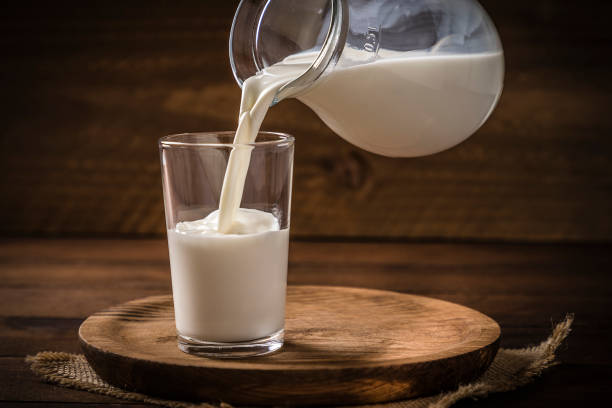
The United States ranks among the top milk powder producers globally, with a stronger focus on Skimmed Milk Powder (SMP) and Non-Fat Dry Milk (NFDM).
Key Points:
- Annual production: Over 1.1 million metric tons of SMP/NFDM
- Major companies: Dairy Farmers of America, Land O’Lakes, Nestlé USA, and Saputo
- Domestic usage is significant, but the U.S. also exports large quantities to Mexico, the Philippines, China, and Southeast Asia
Unlike New Zealand, the U.S. dairy industry is more diversified, producing large volumes of cheese, butter, and fluid milk alongside powder.
European Union: A Giant in Dairy, Especially Skimmed Powder
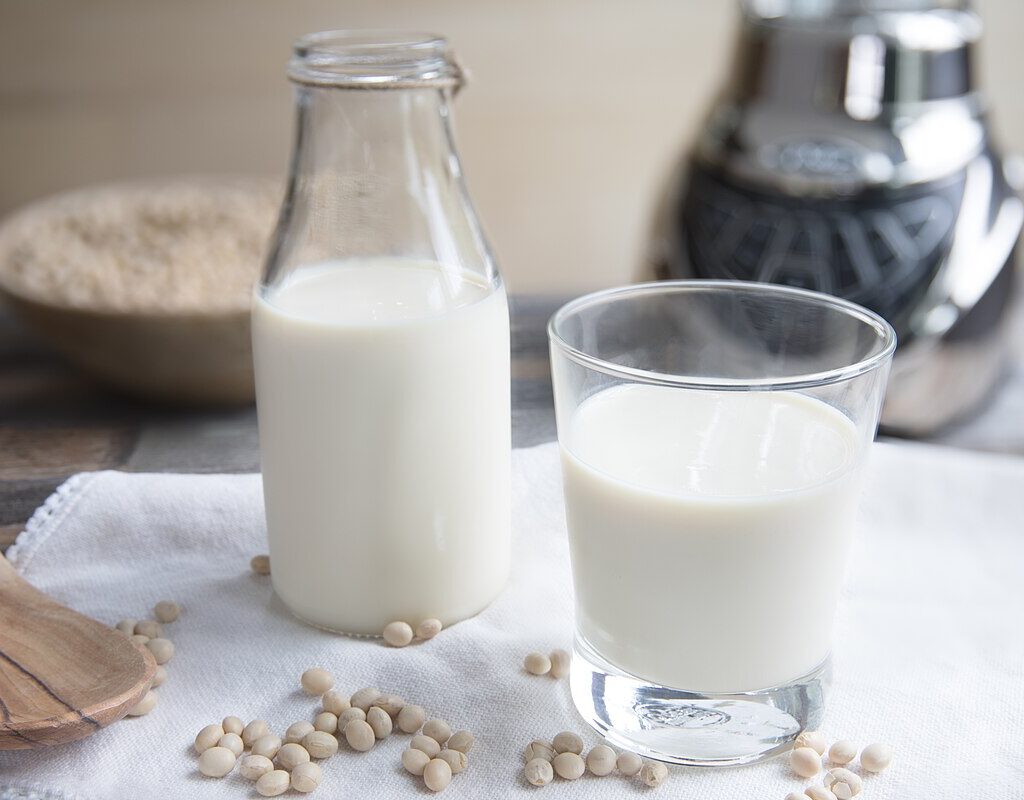
The European Union, as a collective dairy-producing region, is another major player in the milk powder sector, particularly Skimmed Milk Powder (SMP).
Key Details:
- Annual SMP production: Over 800,000 metric tons
- Key producers: Germany, France, Netherlands, Ireland
- SMP is used extensively in food processing and animal feed
- EU milk powder exports go to Africa, the Middle East, and Asia
The EU maintains strategic dairy reserves and participates actively in global food aid and trade, making it a crucial player in dairy powder dynamics.
India and China: Rising Domestic Producers
India: The World’s Largest Milk Producer
India is the largest producer of liquid milk in the world, producing over 220 million metric tons annually. However, only a small portion is processed into milk powder.
- Annual milk powder production: Around 600,000 metric tons
- Used primarily in domestic markets, with limited exports
- Major brands: Amul, Mother Dairy, Nestlé India
Milk powder in India is essential for infant formula, sweets (like milk-based desserts), and processed foods.
China: Rapidly Expanding Market
China is both a major producer and importer of milk powder.
- Annual production: Approx. 500,000 metric tons, primarily for domestic use
- Infant formula is the dominant category
- Due to concerns about domestic quality, China imports large volumes of New Zealand milk powder
Comparative Table: Milk Powder Production by Country (Approximate, 2023)
| Country | Milk Powder Type Focused | Production (Metric Tons) | Export Strength |
|---|---|---|---|
| New Zealand | Whole Milk Powder (WMP) | 1.5 million+ | Very High |
| United States | Skimmed/NFDM | 1.1 million+ | High |
| EU (collective) | Skimmed Milk Powder | 800,000+ | Moderate to High |
| India | WMP and Infant Formula | 600,000+ | Low |
| China | Infant Formula | 500,000+ | Moderate |
Why New Zealand Leads: A Strategic Advantage
1. Export-First Mindset
New Zealand’s economy is heavily reliant on agriculture and dairy, with over 20% of merchandise exports coming from dairy products.
2. Global Dairy Relationships
Strong, long-term trade relationships with high-demand regions like China, Africa, and South America ensure consistent export of milk powder.
3. Logistics and Processing Infrastructure
World-class ports, efficient processing plants, and sophisticated logistics allow quick conversion of raw milk into export-ready powder.
4. Trust and Quality Assurance
New Zealand’s food safety standards are internationally recognized, increasing trust in its dairy products, especially baby formula and milk powder.
Challenges and Opportunities
Challenges:
- Environmental concerns: Dairy farming and powder production have high water and carbon footprints.
- Trade barriers and tariffs: Changes in international relations can affect export flow.
- Volatility in global milk prices
Opportunities:
- Rising demand in Africa and Asia
- Fortified and functional milk powders (added vitamins, minerals, or probiotics)
- Plant-based milk powder alternatives are emerging
Conclusion: New Zealand – The Global Milk Powder Leader
To conclude, New Zealand stands tall as the largest milk powder producer and exporter in the world, especially in whole milk powder. While other nations may lead in overall milk production, none match New Zealand’s strategic focus, export capacity, and efficiency in converting raw milk into powder form for global markets.
As global food security, infant nutrition, and dairy demand rise, the role of milk powder will continue to grow – and New Zealand is well-positioned to lead the way.

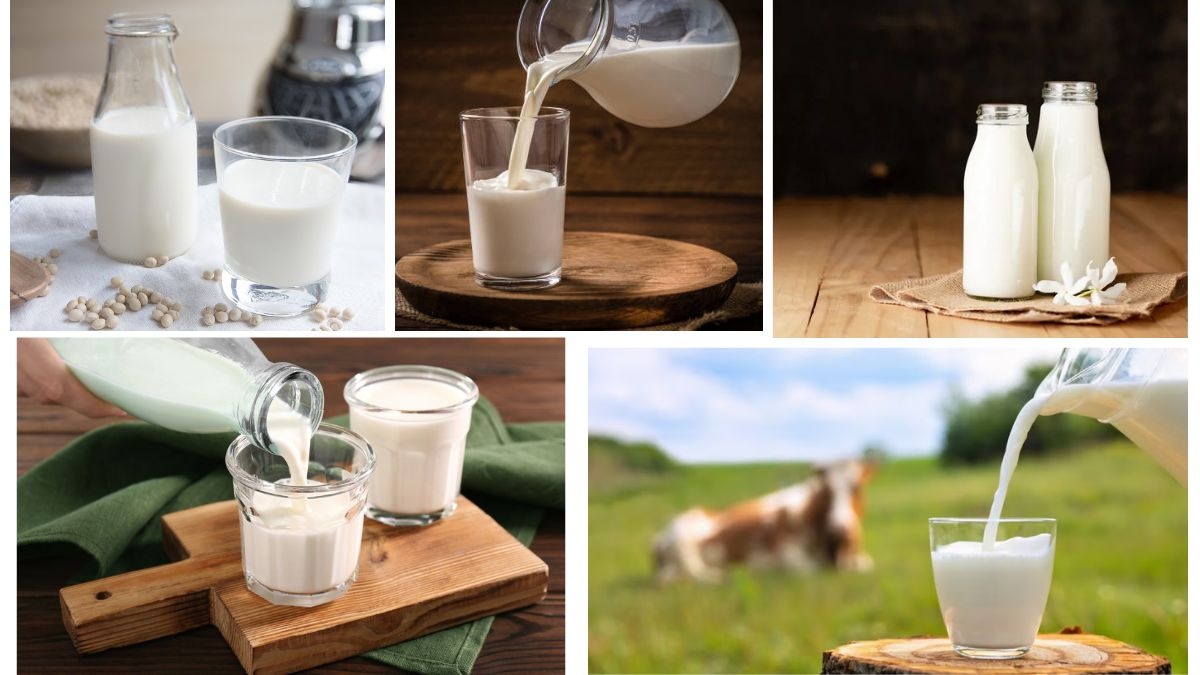
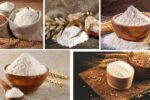
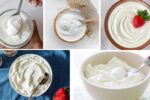

Leave A Comment